HOW VIDEO GAMES GENRES MADE THE JUMP TO VIRTUAL REALITY

Written by Chan Grant
Virtual reality (VR) provides a far different environment than “traditional” gaming, whether on a console or PC. Most VR systems are designed with a completely different set of control inputs, focusing on a headset and two hand controllers. While this setup provides the player with more freedom in terms of interacting with the environment, it limits how a developer can design environmental interactions. Every game is functionally first person, limiting how objects can be placed and how a level can be designed. Most games have players move in-game by moving their physical body. However, this can lead to players walking outside their defined play areas. This can be dangerous if the user plays in a cramped area or has a lot of people or objects. The most common way to locomote is to teleport the user, but this can be odd when the users are in combat or interacting with a virtual item.




Game developers are coming to terms with the strengths and limitations of VR as a medium and adjusting old conventions to fit the new paradigm.
The main takeaway is that games must make a transition when jumping into VR, and some genres have different things to focus on than others. They each have their challenges, and it has been fascinating to see how many games make that transition. In this piece, I will be looking at a few genres and studying how they made the leap.
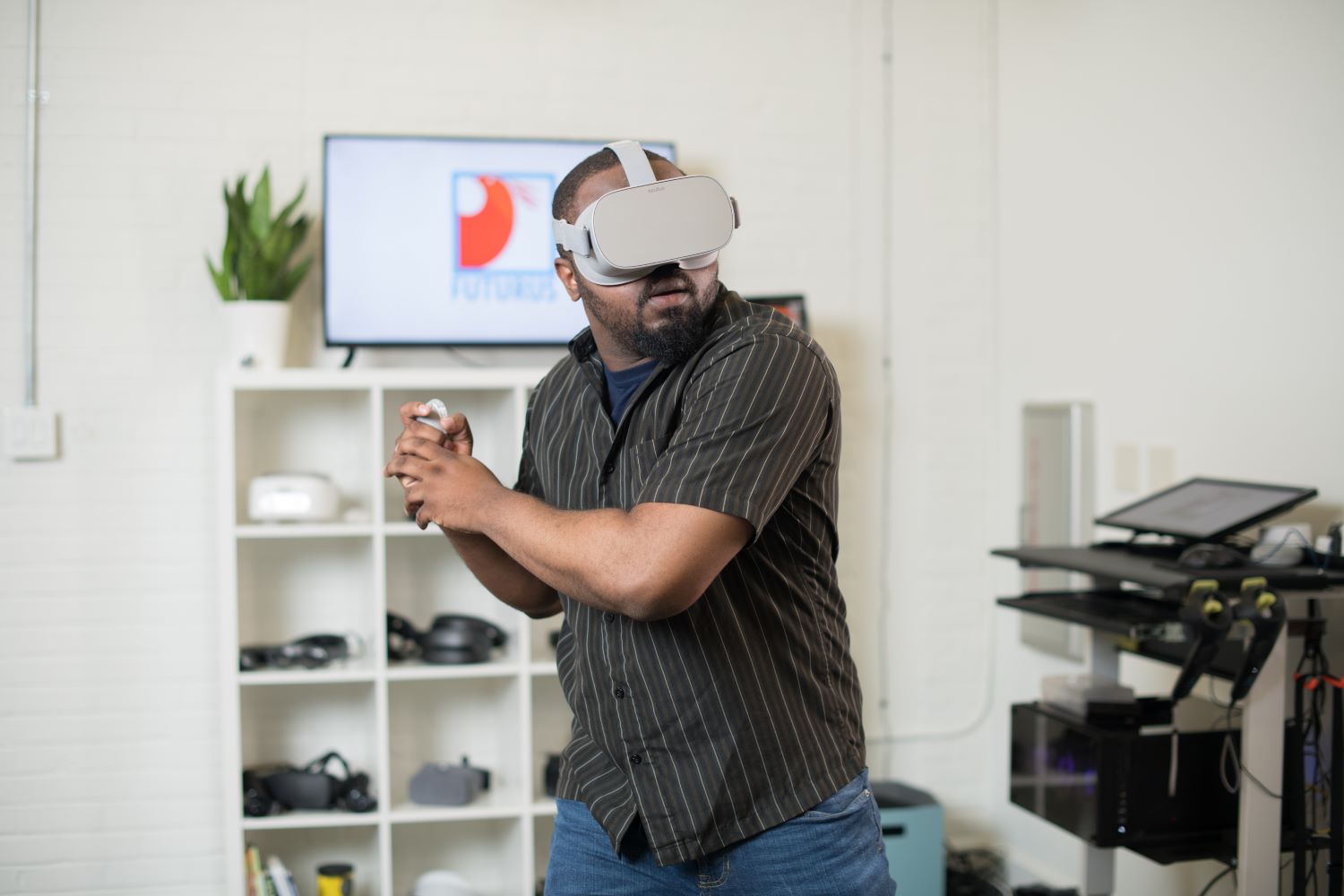

Sports Games
One of the most notable things I saw in my research is the lack of sports games focusing on baseball, basketball, or American football. This is especially surprising when I consider the number of people who flood into stores annually to buy the newest edition of Madden or FIFA. Most sports games in VR seem to focus on more stationary, less movement-intensive sports like bowling, golf, and boxing. The reason behind this is simple.
Sports like basketball and football require many movements that are difficult to map out in a VR environment as it is managed today. They each need a lot of room to move, whether it’s running bases or running downfield. They also must have a lot of precise physics calculations to recreate the sensation that many people are expecting in a sports game. At the same time, players don’t want the physics so exact that they would be penalized for throwing a bad pass or throwing bricks at the rim. Some of the games require feet to kick a ball which is hard to map out without additional input devices. Finally, most of those types of games require more space for the player to move and stretch, which may be unreasonable for people in smaller apartments. Sports like boxing and golf don’t need the same level of physical calculation or space management. Golf and boxing also have the advantage of being easy to conceive in first person. Nintendo’s Punch-Out could be an easy reference for any would-be boxing game designer, and most bowling and golf games tend not to vary from one another too much.
Nevertheless, several sports games are available on the system that focuses on modern-day VR and plays to the system’s strengths. Many sports games such as The Climb are relatively stationary, requiring the user to move their arms. The Thrill of the Fight truly makes boxing virtual. Being able to physically throw a punch or put my hands up to guard provides a level of satisfaction that I didn’t really get when playing EA’s Fight Night. I mean, punching out a guy is far more enjoyable when you are doing it yourself. Also, it’s a pretty good workout!
However, I would be remised if I didn’t mention VR Sports Challenge. To call VR Sports Challenge a collection of sports mini-games would be doing the game a disservice. It serves as a showcase of how VR can handle several of the sports I mentioned before in a nice, neat bow. Players can go between basketball, baseball, hockey, and American football, playing small chunks of the actual game. While it doesn’t allow you to play through an entire game of any of those options, what they have available is fun and frantic. You can be dunking in basketball, hitting home runs in baseball, or throwing and receiving passes in football, as well as scoring goals in hockey. It also has a franchise mode that allows you to manage your team. Unfortunately, it is not available on the Oculus Quest anymore as of this year but is still available for Oculus Rift for those who are interested.
For sports games, the challenge is how to transfer the feeling of playing a sport without having to go all-in on all the many functions players expect when playing a sport. Most sports games on consoles and PCs are played in a third-person perspective. Players are behind the quarterback, looking down at the pitch, or right behind the batter/pitcher. This third-person perspective gives players more visibility and thus more control over the actions of their players. To take advantage of VR’s unique strengths, designers must figure out how to convey this sense of control while being in a first-person perspective. They also have to consider how to construct physical moments in a fun way for the players, but not too tiring to do. While it may be fun to have physically flex your wrist for a knuckleball or a spiral pass once or twice, it can be tiring and irksome to do multiple times.
While it may be a while before players see Madden, FIFA, or NBA in VR, I feel that sports games, in general, are gradually finding their foothold on the system.
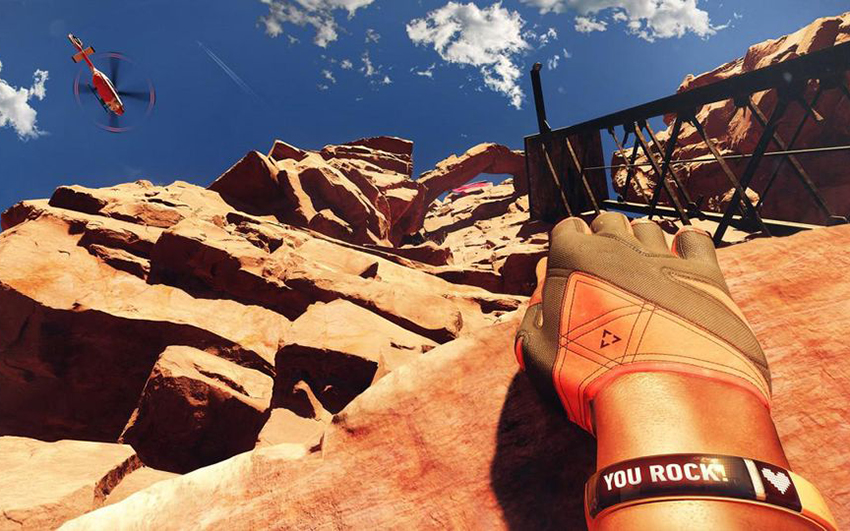

The Climb VR
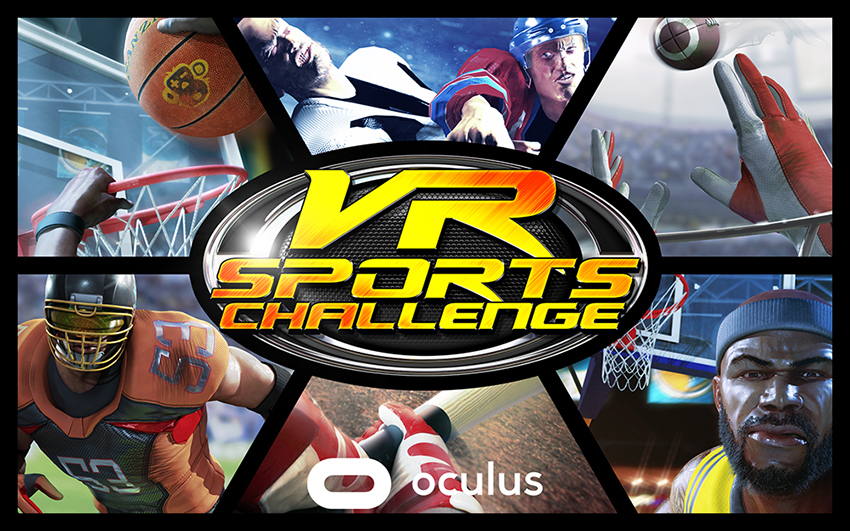

VR Sports Challenge
Role-Playing Games (RPGs)
RPGs realm on the console is in a different place than their counterparts in the sports genre. The constraints that chafe away at sports games don’t affect RPGs; casting spells and attacking enemies is far easier to map the input and design than sports games. Unlike most sports games, there are many examples of RPGs being played in first person. Like Ultima and Wizardry, some of the earliest RPGs ever created were games designed for the first-person perspective. This has given RPGs something that sports games don’t have: a clear, proven precedent. While western, more action-oriented RPGs are well-positioned to make the jump, eastern, more turn-based RPGs are left in a different position. As imagined in games like Dragon Quest and Pokémon, turn-based structures require heavy usage of menu systems, something that VR has traditionally struggled with. At the same time, RPGs are by nature dialogue and story-driven. While there is nothing wrong with having NPCs (non-player characters) simply speaking their lines, there are many who prefer or outright need the ability to read the dialogue box in order to understand what’s going on. At the moment, western developers are leading the charge on RPGs on the VR front.
Bethesda, a long-time industry leader in RPGs, has ported several of their hit RPGs for VR. The first that comes to mind (and the first I’ve played) was The Elder Scrolls V: Skyrim VR for HTC Vive and later PlayStation VR. While Skyrim has been ported to many systems since its original release in 2011, Skyrim VR is still an interesting experience to follow. The open world of Skyrim allows for plenty of opportunities to get lost in, especially as you wander around. Combat is a bit more engaging with the player who can freely swing their sword at their opponent or aim your bow/crossbow. Putting buckets on people’s heads and stealing their goods still gives me the same kinda chuckle that it always does. However, there are just a few things a bit off about this version of the game. To move, you can do a direct movement or the default teleport. Direct movement is closer to standard controller movement, but it still feels discomforting moving in such a manner. The sides of your screen will fade slightly to black giving a sense of tunnel vision. While this was done to make it easier to move around without getting sick, it actually gave me the opposite effect. Teleportation, however, takes away the feeling of exploration for me that is critical in a game like Skyrim.
Fallout 4 VR is another Bethesda RPG that I have played. While the Elder Scrolls was a medieval high fantasy, Fallout 4 is a post-apocalyptic sci-fi epic with power armor, super mutants, and synths. However, in terms of gameplay, it plays functionally the same as the Elder Scrolls. The biggest gameplay difference I’ve noticed was how a user accesses their menu. In Skyrim, it was the push of a button. In Fallout, while you could also push a button, the focus is on the Pip-Boy, an in-game device that is strapped to your wrist. By bringing your hand physically to your face, you can view the Pip-Boy screen to check your map, view and assign your stats, and manage quest items and your inventory.
The first few times I used this feature, I was floored by the level of immersion that I felt from it. It really reinforced that I was a vault dweller and now exploring this apocalyptic world around. However, that sense of immersion eventually gave way to frustration and irritation. The menus in this game (and Skyrim as well) feel odd to navigate through. I’m also one of those people who have an easier time reading text than listening to dialogue. It was hard for me to read the text and have the level of control that I was used to when playing on a console. Organizing my inventory felt like it took longer, and it felt like it took a long while for me to get out a weapon. Speaking of weapons, however, I found the gunplay in this game surprisingly enjoyable, especially in comparison to Skyrim’s physicality. There was always a satisfying amount of haptic feedback on every action I did. From the laser pistol to the Fat-Man, everything had a nice level of oomph when I used it. Now, if only my aim weren’t complete garbage.
Skyrim and Fallout VR showed me a lot of strength of RPGs in VR but also highlighted some of the pitfalls. RPGs are about the sense of immersion and getting lost both in your character and the world they live in. In both games, I felt a strong sense of immersion. However, there was almost always something pulling me back. Looking around the world was lovely; moving through it, however, either made me nauseous or made me feel like I was skipping the journey. The menus tried to replicate their feel on the console, but they felt clunky and slow. While I initially enjoyed the physicality of moving the Pip-Boy to my face, I eventually stopped doing that. Why? Because it was faster and easier to press a button. This is especially important when I’m in the middle of a fight. In an RPG, immersion is king, and VR can both enhance it and break it. VR gives the player a lot of control when it comes to exploring their environments, but it makes it easy for players to abuse this control. Nothing kills the mood like sticking your head through a wall when someone is talking to you. Sadly, that is one of those things that can happen regardless of the designer.
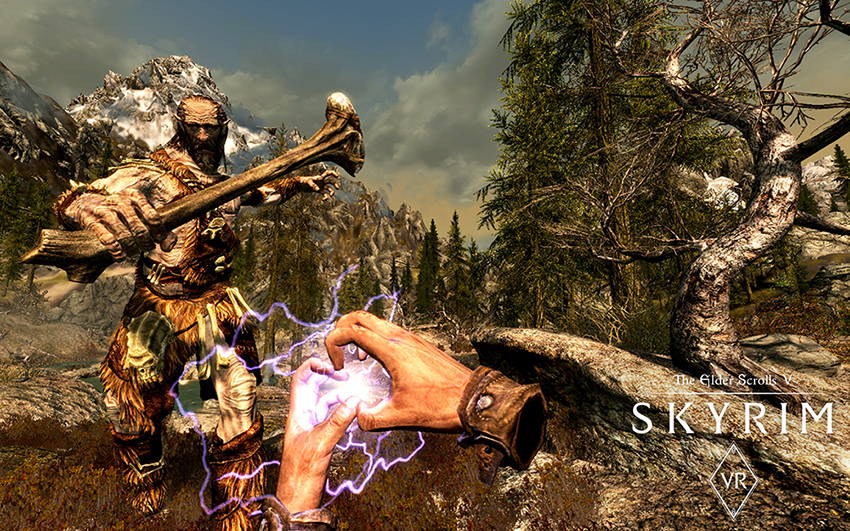

The Elder Scrolls V: Skyrim VR


Fallout 4 VR
Horror
If there is one genre that has thrived in the VR space, it is the horror genre. Good horror relies on being able to immerse the player and surround them with the atmosphere of danger. Unlike most RPGs, horror games are tightly choreographed and guided experiences where the designers are very deliberate in how they set up every area and each room. Whether you are walking on the sunbaked overhang in Arizona Sunshine or crawling through the Baker Estate in Resident Evil 7, the game soaks you in its atmosphere. The atmosphere in many horror VR games can seep into everything like a nasty stain and forces me to be on my toes even when I know that I’m in a “safe room.” It’s one thing to see a dilapidated building and bloody hallways from a computer screen, but VR enhances that feeling to something completely visceral.
While I have talked about VR, I’ve mentioned that while players have more control over their avatars, the limitations of what those avatars can do are heightened. While this has been detrimental to sports games and limiting for RPGs, this plays right into the strengths of horror as a genre. Horror games thrive on depriving the player of control, not allowing an easy solution for problems, and rendering the player powerless. The first-person perspective limits your field of view by making it easier for creepy crawlies to sneak up on you. The claustrophobic hallways and tight corridors mean that teleportation isn’t viable, but it also means you won’t have to go very far using direct movement. In fact, many games encourage you to move slowly and methodically, carefully taking everything in your environment into account.
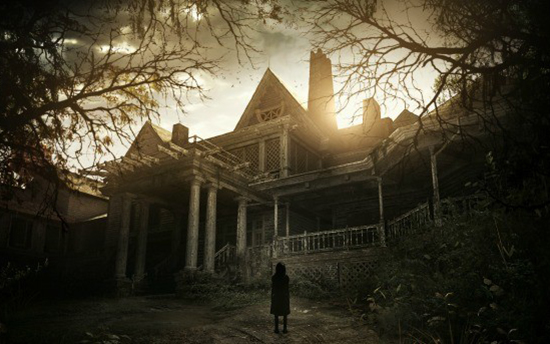

Resident Evil 7 VR
Resident Evil 7 VR feels like it was a game designed with VR in mind from day one. Everything is carefully choreographed to keep the tension raised and never to let you relax. There are very few jump scares in the game, for a good reason. Running out and shaking the camera works when on consoles and computers, but that is a quick way of getting the player sick in VR. So, the game relies on mood and atmosphere to maintain tension. The Baker Estate in Louisiana is creepy, dark, gooey, and kinda gross. Everything looks like it’s about to fall apart at any moment and that whatever is running around in there is about to use the broken remains to beat you to death. The menu is simple and easy to use by using large images and not a lot of text, which is useful when viewing things in VR. Solving puzzles are both a joy and terrifying. They each require a decent amount of thought process and physical labor, especially when requiring you to navigate the environment.
VR is still a relatively young medium through which games are being played; as we know it today, it only has been around since 2014. As time goes along, game developers are coming to terms with the strengths and limitations of VR as a medium and adjusting old conventions to fit the new paradigm. While some genres are taking longer to make the leap than others, I feel that we are going to see some interesting things in VR in the future.



